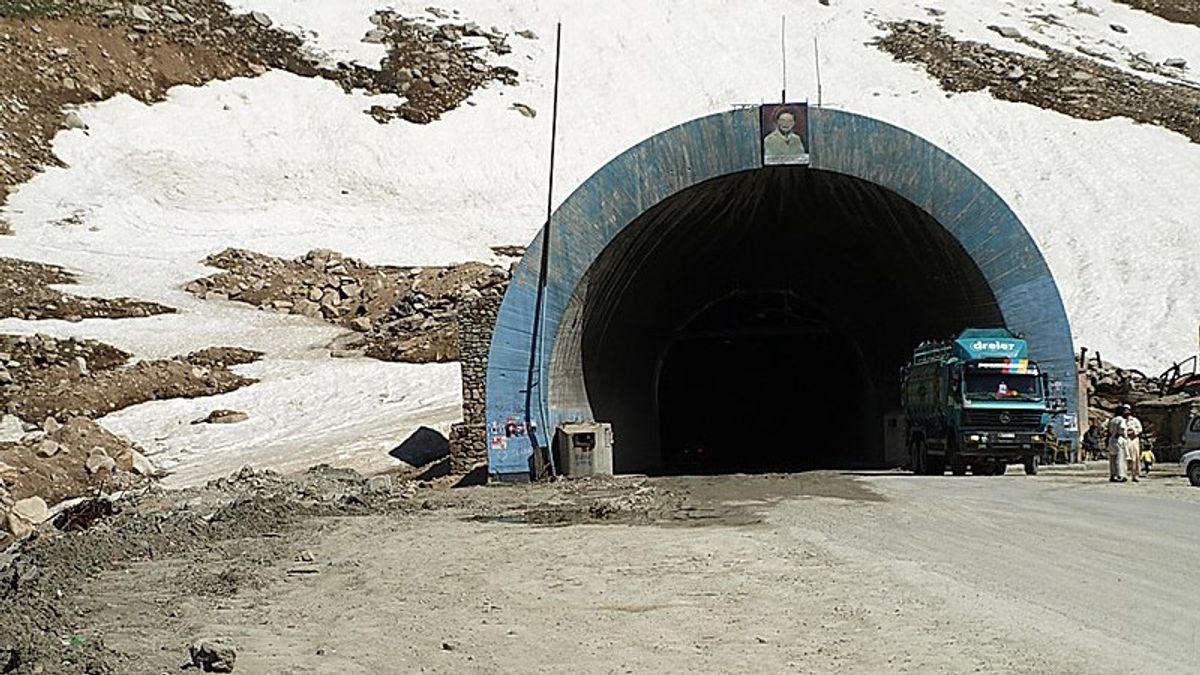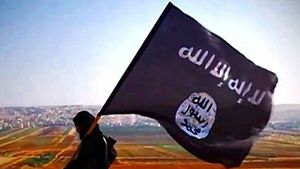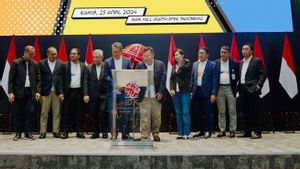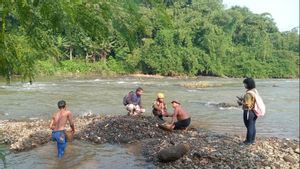
JAKARTA - On November 3, 1982, a truck carrying fuel exploded in the Salang Tunnel in Afghanistan. This incident became one of the worst accidents of the modern era.
The Salang Tunnel is in the mountainous Hindu Kush area, between Afghanistan's Parwan and Baghlan provinces, about 90 kilometers north of the city of Kabul. The tunnel connects northern Afghanistan with the capital, Kabul, and the southern part of the country.
At that time there was a long convoy of soldiers traveling from Russia to the Afghan capital, Kabul. The convoy passed through the border town of Hairotum and passed through the Salang Tunnel which has a length of 2.7 km, a height of 7.62 meters, and a width of about 5.1 meters. This tunnel was built by the Soviet Union in the 1970s.
The Soviet Union army closed the story of the accident, but it is believed that an army vehicle collided with a fuel truck in the middle of a long tunnel. About 30 buses carrying soldiers exploded. The fire in the tunnel spread quickly as people started to panic.
Soviet troops at the end of the tunnel misunderstood and thought that the explosion was part of an attack. They also blocked the car from getting out.
When the car stopped in the tunnel, the carbon monoxide levels in the air increased dramatically and the fire continued to spread. The situation had worsened with the tunnel ventilation system failing a few days earlier. The death toll also fell due to burns and carbon monoxide poisoning.

It took several days for workers to collect all the bodies in the tunnel. Because the Soviet army limited the information released about the disaster, the tragedy may never be fully known.
Citing the New York Times, news of the number of victims who died varied. Western diplomats, who declined to be named or by country, said that as many as 700 Soviet soldiers were killed and 200 injured. Estimates of Afghan civilian casualties range from 400 to 2.000.
Meanwhile, according to the spokesman for the Afghan rebel group Hezb-e-Islami, Mohammad Yaqub Sharafat, there were 450 Soviet soldiers killed and the number of civilian deaths in the hundreds. US Government military analysts say their information indicates that 100 to 200 Soviet and Afghan soldiers have been killed or injured.
Both diplomats and insurgent groups in Afghanistan say the victims were burned to death and died of asphyxiation. There was no official confirmation from Kabul or Moscow. However, Kabul radio has broadcast a long list of death notices every night since the incident.
Symbol of pride
The accident was not the last. In 2010, dozens of people died and hundreds were trapped through a cold night after an avalanche swept a mountain highway and closed the Salang Tunnel. Nevertheless, the Salang Tunnel is a vital lifeline for Afghanistan, connecting the northern part of the country with the rest.
Citing NPR, Afghans say Salang is an enduring symbol of the Soviet Union's contribution to the development of their country. In the 1960s, when the tunnel was completed at the height of the Cold War, the United States and the Soviet Union competed with each other to build infrastructure projects in Afghanistan.

Salang Tunnel from a distance (Source: Wikimedia Commons)
The US built an irrigation system in Helmand province in the south. In the north, the Soviet Union built the Salang Tunnel.
The Cold War then heated up. The devastating Soviet invasion and occupation of the 1980s would cost Afghanistan and the US capitalized on it by providing funds to anti-Soviet groups. When the Soviets left Afghanistan in 1989, Afghanistan was in turmoil as warlords who had fought together against the Soviet Union competed for control of Afghanistan.
During the three decades of war, much of Afghanistan's infrastructure that the Soviet Union or the US had built was turned into ruins. Although partially rehabilitated in 2002, the Salang Tunnel is still a narrow two-lane tunnel.
*Read other information about TODAY's HISTORY or read other interesting articles from Putri Ainur Islam.
More on TODAY'S HISTORY
SEE ALSO:
The English, Chinese, Japanese, Arabic, and French versions are automatically generated by the AI. So there may still be inaccuracies in translating, please always see Indonesian as our main language. (system supported by DigitalSiber.id)













